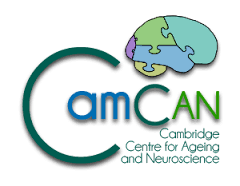CBSU bibliography search
To request a reprint of a CBSU publication, please
click here to send us an email (reprints may not be available for all publications)
The neuropsychology of basal ganglia disorders; An integrative cognitive and comparative approach.
Authors:
Robbins, T.W., OWEN, A.M., and Sahakian, B.J.
Reference:
In M. Ron and A. David (Eds.) Disorders of Brain and Mind., 1998, Cambridge University Press.
Year of publication:
1998
CBU number:
3843
Abstract:
Over the last 30 years or so it has been realised that Parkinson’s disease (PD) and other basal ganglia disorders such as Huntington’s disease (HD), Steele-Richardson-Olzsewski (SRO) syndrome and the recently characterised multiple system atrophy (MSA) are indeed associated with a quite well-defined profile of intellectual impairment, even in the earliest stages of the disease. The existence of dementia in the later stages of Parkinson’s and Huntington’s diseases has now largely been accepted (Brown and Marsden, 1988; Brandt and Bylsma, 1993), although its exact neural and neuropathological basis remains a matter for debate (see Quinn 1993). These dementing signs could be attributed to additional pathology, distinct from the primary pathology of the nigro-striatal dopamine pathway in PD, for example, to degeneration of the basal fore-brain or locus ceruleus, or to cortical Lewy bodies (see Agid et al., 1987; Quinn, 1993). In the case of Huntington’s disease, it is still unclear just how much of the cognitive impairment can be attributed to striatal degeneration, as distinct from cortical atrophy (see e.g. Starkstein et al., 1992). In this chapter, recent advances in understanding the neuropsychology of basal ganglia disorders are described in detail.

 MRC Cognition and Brain Sciences Unit
MRC Cognition and Brain Sciences Unit

